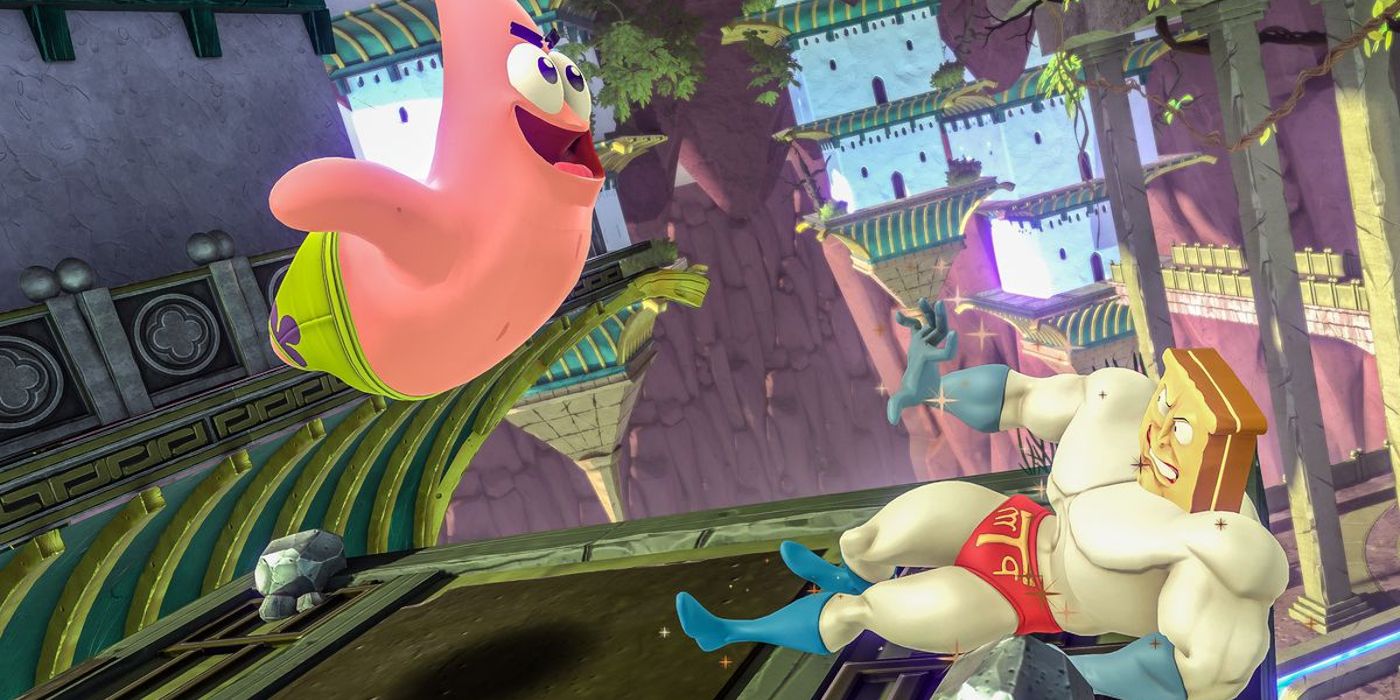Yesterday saw the surprise announcement of Nickelodeon All-Star Brawl, an arcade fighting game with heavy inspiration from Nintendo's Super Smash Bros. franchise. As exciting as the premise was, however, a large part of the online discourse surrounding Nickelodeon All-Star Brawl focused instead on its confirmed support of "rollback netcode." For casual players, that may not mean much, but for dedicated fighting game fans, rollback netcode is one of the most important modern online multiplayer features a fighting game can have.
To one degree or another, everyone who plays games is familiar with delay. Whether it's the input delay between a controller button or keyboard press leading to an in-game action, the delay between an action being done and a monitor or television showing it, or the lag associated with online connections. Fighting game players are familiar with all of these because every delayed frame could make the difference between winning or losing.
Among all these forms of delay, latency is the greatest frustration for playing fighting games online. That's because it not only fluctuates, but the way different games handle latency can grant advantages to one player or the other. Some ways of handling latency also just make playing the game a much more generally frustrating experience. That's where rollback netcode comes into play. It's a way of handling latency that improves online multiplayer experiences in fighting games.
Rollback netcode starts in a unique way, treating both players inputs as local (effectively offline) and their opponents as a remote player. Rather than wait for an opponents data to arrive, each local machine "predicts" what their opponent will do next. If the prediction proves correct, then the game plays smoothly. If the prediction proves incorrect, the gameplay will shift to the correct gameplay state. Rollback can be adjusted to very small amounts of frames, so incorrect predictions still feel fast and smooth in motion.
The idea is that rollback makes it so playing the game feels instant regardless of your opponent's connection. At the very least, a player's own inputs are shown immediately on-screen. That feeling of responsiveness ultimately makes gameplay feel better, even if the opposing player's lag is awful. Plus, the predictive element can smooth out lagginess along the way.
Some may question how intelligent the predictive aspect of rollback netcode can be, which is fair. The answer is that even if it's stupid, it's still helpful. For example, just assuming that the opponent is still doing what they were doing before, whether that's blocking or finishing an attack animation, will be right most of the time.
Rollback isn't perfect and it's not going to feel comfortable to everyone. There are systems out there that combine rollback with the more classic input delay netcode, which adds a forced amount of delay to both players' actions. Or smarter rollback systems like that found in Skullgirls, which steals frames as necessary from players to adjust for the loss of synchronization.
Suffice to say, rollback netcode is highly requested in the fighting game community but only just becoming normal for developers to implement. That a Nickelodeon Super Smash Bros. game is implementing rollback netcode speaks to its increasing popularity. This hopefully marks a turning point where all fighting games with online competitive modes support rollback netcode, or something better.

